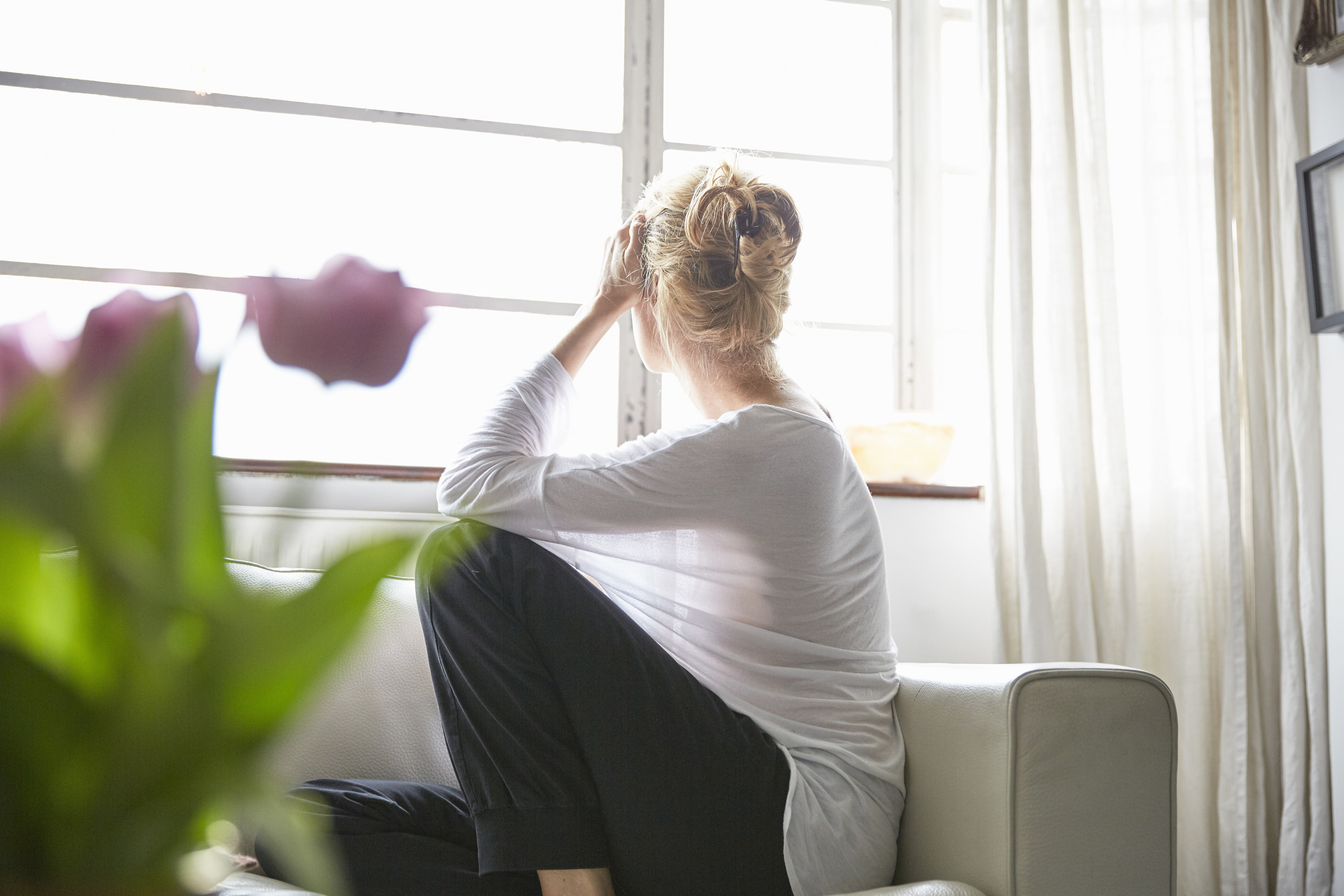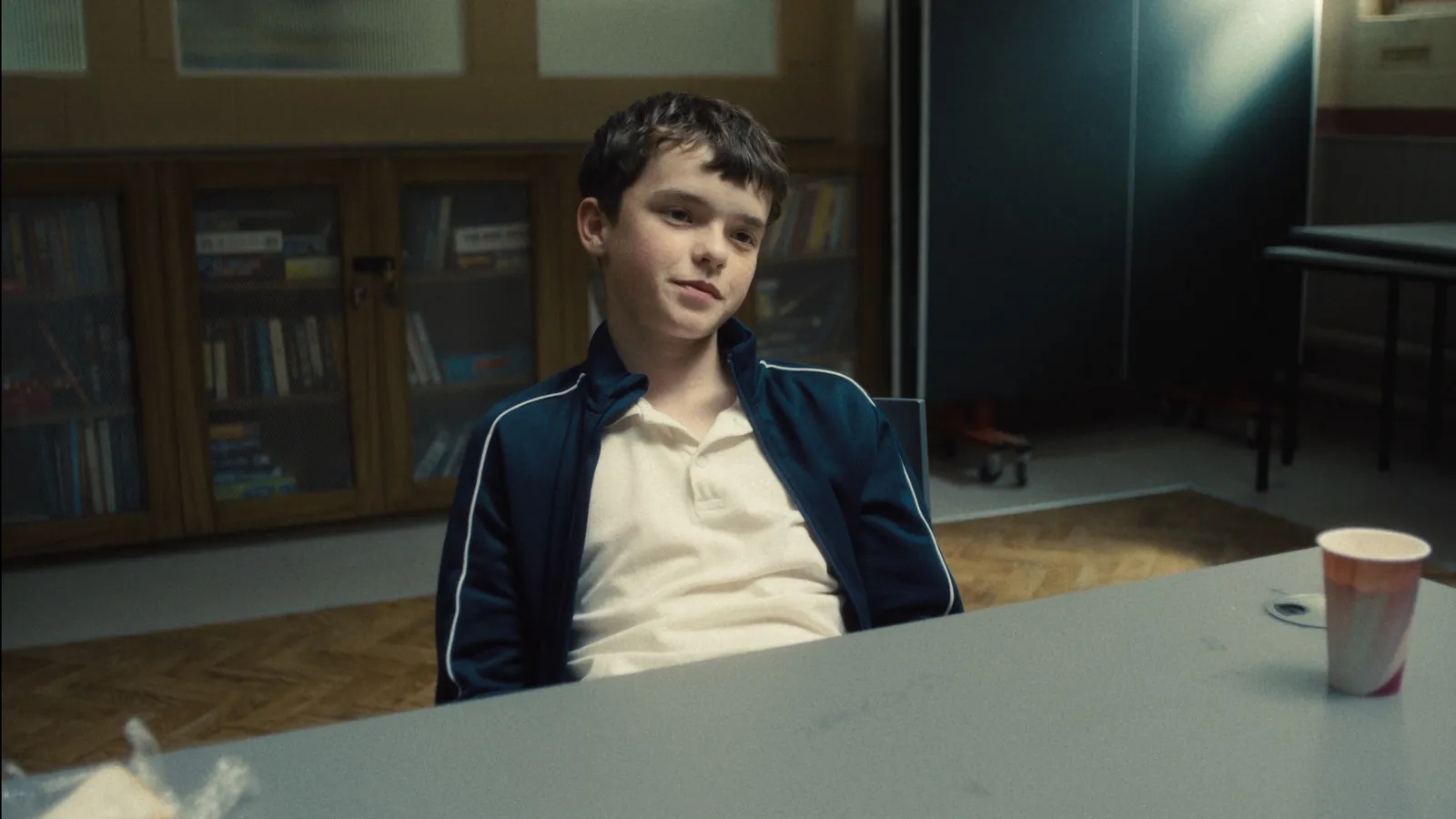Study reveals more than one million stroke survivors live in crippling fear
This is so sad...

More than one million stroke survivors live in fear of having another stroke and are too scared to go out alone, according to the findings of new research by the Stroke Association.
The survey found that a staggering 89 per cent of stroke survivors were worried about having another stroke and 79 per cent were so worried by it they were afraid to go out alone.
But one in five kept their fears to themselves because they didn’t want to worry others.
Juliet Bouverie, Chief Executive of the Stroke Association, says she’s “heart-broken” to hear that stroke survivors felt they couldn't speak to those closest to them about their biggest worries and fears.
"When you live in isolation, too afraid to leave the house and are unable to ask for help, your motivation can disappear, and can leave you in a very bad place emotionally feeling like a prisoner in your own home," she says.
"It takes a team to rebuild lives after stroke. When stroke strikes, part of your brain shuts down, and so does a part of you. Recovery is tough, but with the right specialist support, the brain can adapt after stroke.
"I’ve heard countless stories, and know countless people who, after many years continue to make remarkable recoveries. The first step to eliminating fear is to ask for help and support. If you’re a stroke survivor, this could mean speaking to your doctor or social worker to get some answers.
Sign up for the woman&home newsletter
Sign up to our free daily email for the latest royal and entertainment news, interesting opinion, expert advice on styling and beauty trends, and no-nonsense guides to the health and wellness questions you want answered.
"If you know a stroke survivor, reach out, ask them how they're feeling. No one should have to live their life in constant fear."
- For more information visit www.stroke.org.uk/rebuildinglives
10 ways to cut your stroke risk
If you're worried about suffering from a stroke, there are steps you can take to minimise your risk. We spoke to Dr Melanie Wynne-Jones who offered this advice to help reduce your chances of having a stroke:
1. High blood pressure
Regular readings of 140/90 or more may triple your stroke risk. Lower them with a low salt diet, regular exercise, a healthy weight, and medication if needed. If your blood pressure’s OK, have it rechecked every five years (yearly after sixty-five years).
2. Smoking
Current smoking may double your risk of a stroke, increase heart disease and several cancers; risks start falling as soon as you stop. If you need help with giving up, ask at your GP surgery, call the Smokefree National Helpline 0300 123 1044 or visit their website.
3. Alcohol
A high alcohol intake can more than double your stroke risk, increase breast and other cancer risks, and damage your heart and liver. Stick to recommended limits or seek help from your GP if you have problems with alcohol.
4. Diabetes
This could double your stroke risk, so aim for good control of your blood sugar/HbA1c levels and other risk factors; take medication if recommended. It’s sometimes possible to prevent/reverse type 2 diabetes with strict weight control, regular exercise and a healthy diet.
5. Being apple-shaped
A high “waist-to-hip” ratio indicates fat deposits around your internal organs; it increases your risk by 50%; and is also linked to diabetes and liver disease. Aim for a waist size below 80cm/31.5 inches (women) or 94cm/37 inches (men).
6. Cholesterol
A high LDL/HDL ratio (how much “bad” and “good” cholesterol you have in your blood) could double your stroke risk. Reduce it with a healthy diet, and lower weight/alcohol intake.
7. Heart problems
Coronary artery disease (narrowed arteries that can run in families), and atrial fibrillation (an abnormal rhythm that can trigger blood clots) could triple your stroke risk. Reduce it by tackling other risk factors, and get tests/treatment for symptoms such as chest pain, palpitations, breathlessness or dizziness.
8. Stress
Interstroke’s stress score included psychological and social factors; a high score doubled stroke risk. Cut stress by recognising it, dealing with the cause, and/or reducing it using exercise, socialising, hobbies, relaxation techniques, mindfulness, “talking treatments” such as counselling/CBT, or medication.
9. Exercise
At last some good news! Regular physical activity could almost halve your stroke risk. Aim for 150 minutes a week (such as the gym, walking, running, housework, or dancing)
10. Diet
Healthy eating could also almost halve your risk - choose a balanced “cardiovascular” diet including wholegrains, protein, dairy and fresh fruit and veg.
Tanya Pearey has been a writer and editor in the health, fitness and lifestyle field for the past 25 years. She writes regularly for women’s lifestyle titles including woman&home. She has also written for newspapers including The Daily Mail and Daily Express, and women’s magazines in Australia.
Tanya is an avid runner and is lover of Parkruns and half marathons. She completed the London Marathon in under four hours – but that was 20 years ago! She’s a keen tennis player and walker, having climbed Kilimanjaro and the UK’s three highest peaks - Snowdon, Ben Nevis and Scafell Pike.
-
 Concerned about Netflix’s Adolescence? You’re not alone - here’s how I approached toxic masculinity with my son
Concerned about Netflix’s Adolescence? You’re not alone - here’s how I approached toxic masculinity with my sonPlus three mums share their experience
By Debra Waters
-
 Small acts of kindness to brighten someone's day
Small acts of kindness to brighten someone's dayThese little acts of kindness and thoughtful gestures can truly create a positive impact
By Anna Paul